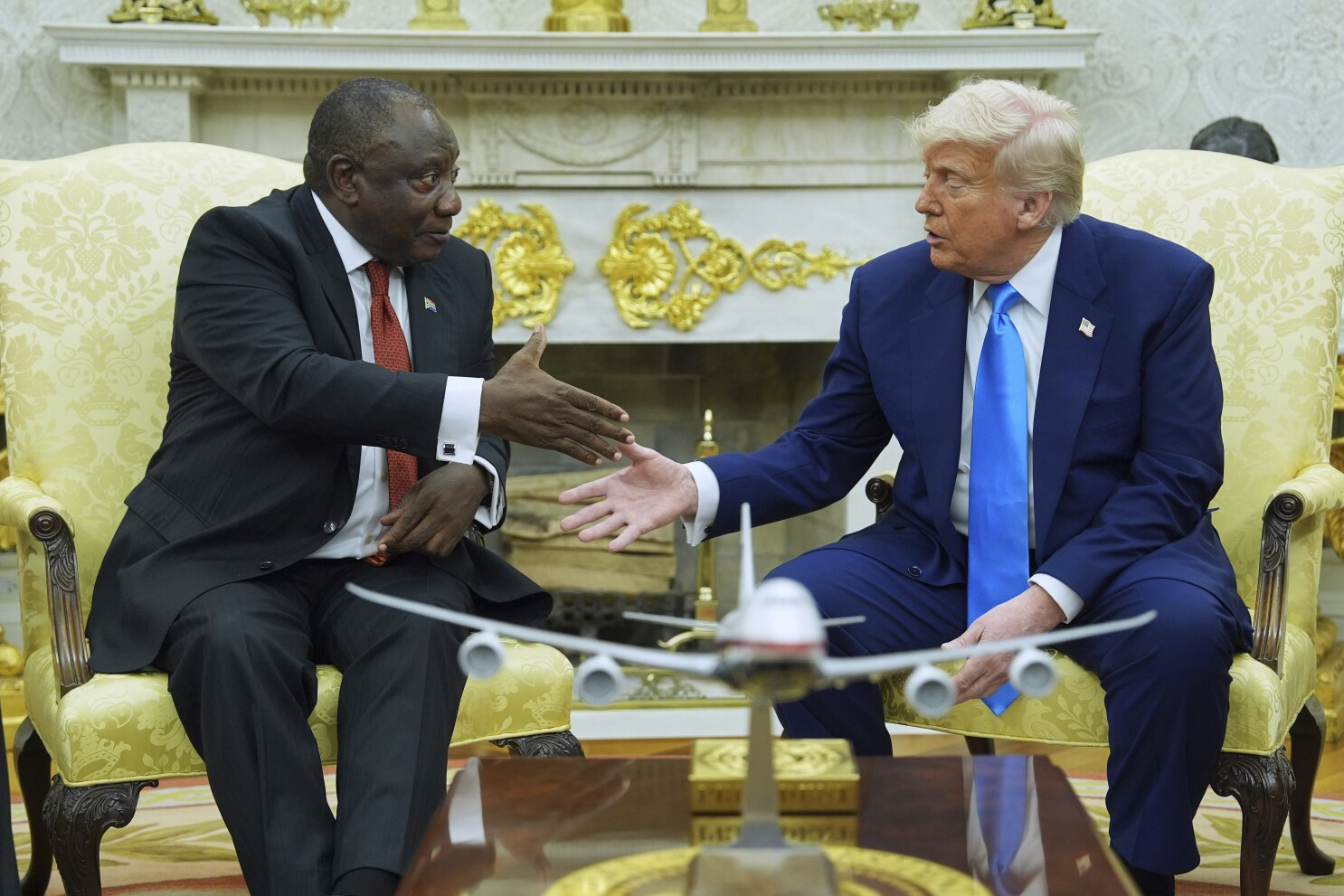International literacy day: How can illiteracy be reduced?
International Literacy Day is being celebrated across the world on 8 September, with this year’s theme being “literacy and sustainable societies”. The day was designated as such by UNESCO and first observed in 1966.
UNESCO has focused on 757 million adults and 115 million youth worldwide who can’t read or write a simple sentence.
International Literacy Day gives children and communities a chance to rediscover the joys of reading while raising awareness for those without access to education. This is according to UNESCO.
September 8th is the day that seeks to focus public opinion on the major global problem of illiteracy.
#science and #literacy supporting each other in education #ILD2015 #heatherreid pic.twitter.com/fMneQ5b0E5
— Joanne Dempster (@wildjod) September 8, 2015
Happy #LiteracyDay! Our adult #literacy sessions empower #Iraqis and increase their chances of obtaining employment, pic.twitter.com/HWxMo3ERWV
— AMAR International (@AMARLondon) September 8, 2015
"The ability to READ, WRITE, & COMMUNICATE connects ppl & empowers them to achieve things they never thought possible – @ILAToday #Literacy
— VFV (@Visayans) September 8, 2015
"Literacy is a bridge from misery to hope." – Kofi Annan #literacy #literacyday #books pic.twitter.com/L5Nn0vzY9M
— monica mulenga (@monmon56) September 8, 2015
Technology and literacy in Africa.
According to a report by UNESCO, where books are scarce, mobile technology is increasingly common, even in areas of extreme poverty. The International Telecommunication Union estimates that of the 7 billion people on Earth, 6 billion have access to a working mobile phone.

In Kenya, Jamila Abbas developed a mobile app ( M-Farm ) that strives to empower farmers by using technology as well as drive growth in the East African IT sector. M-Farm gives farmers transparent market price information, aggregates their farm input needs and creates market linkages.
M-Farm enables farmers inquire about the current prices of different crops in specific markets throughout Kenya. Up-to-date market information empowers farmers as they bargain for a fair price with middlemen and purchasers.
The M-Farm system provides farmers a group selling service where they can connect with other farmers from the neighborhood to jointly market crops in greater volume, helping rural farmers access large-scale local and international markets.
The platform has Capabilities ranging from production and purchase planning; verification of adherence to production techniques and schedules; broadcasting alerts and extension messages through text messages and interactive voice response services; estimation of production cost.






